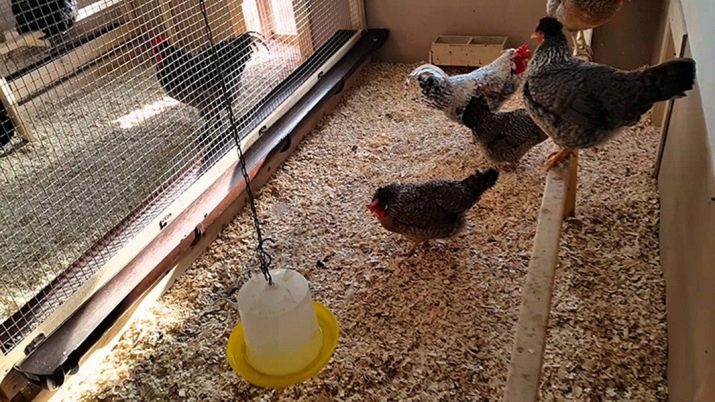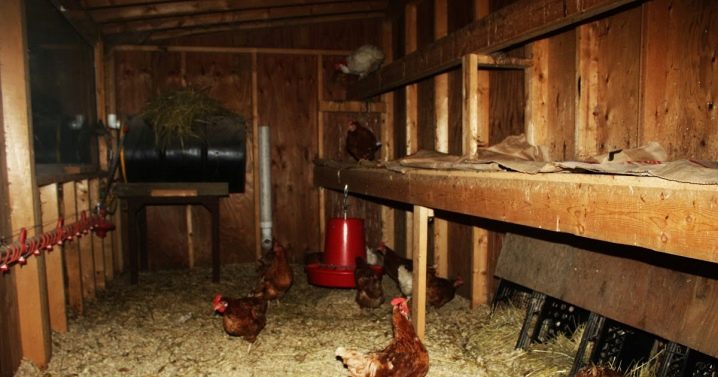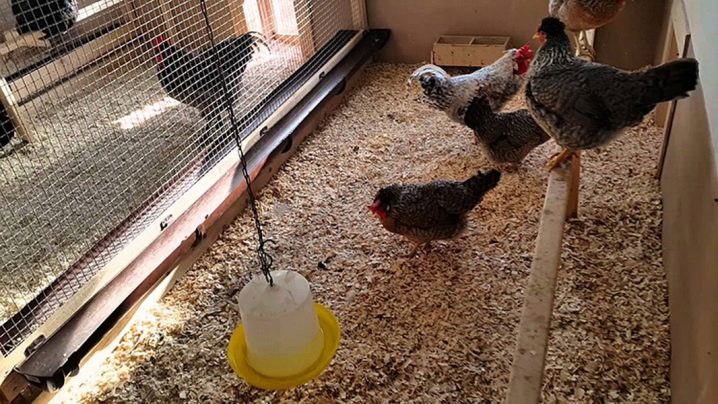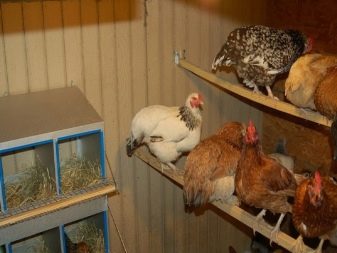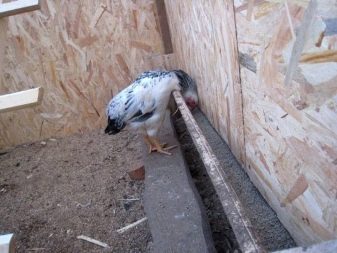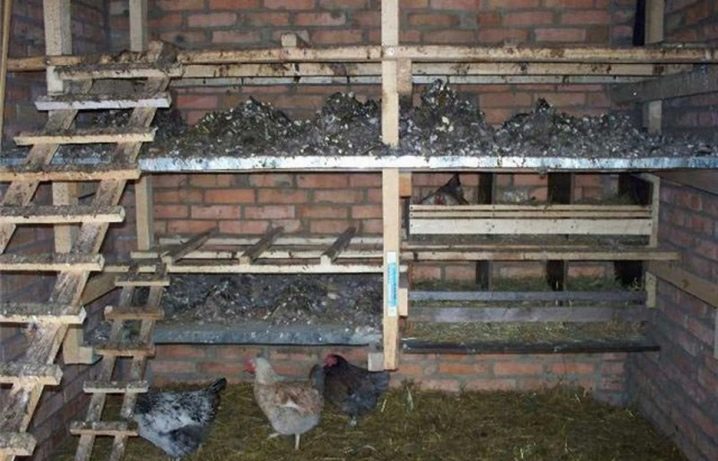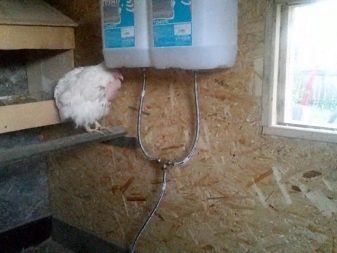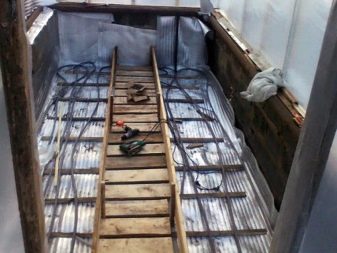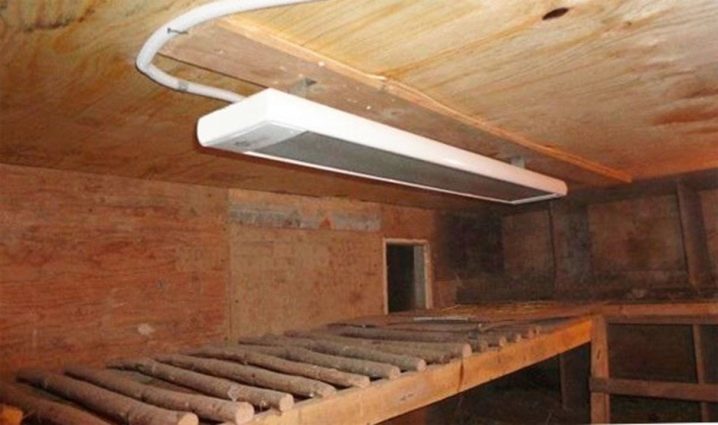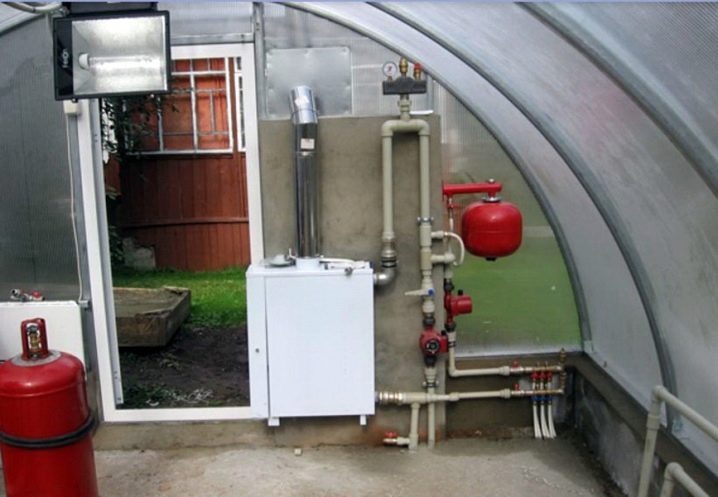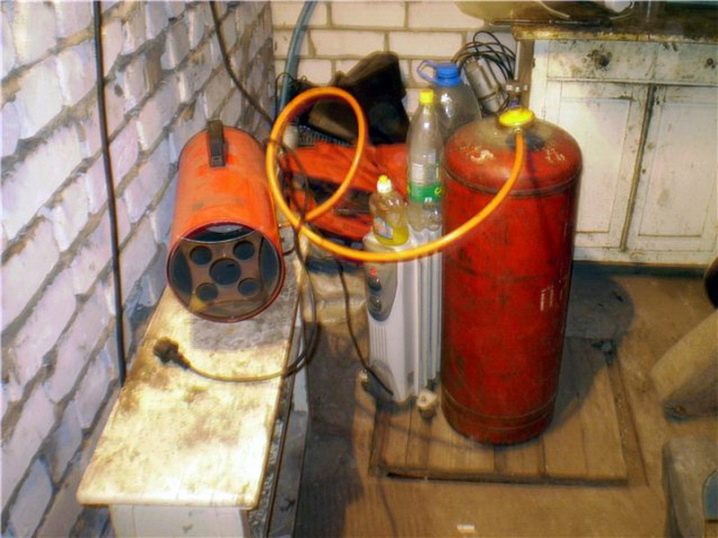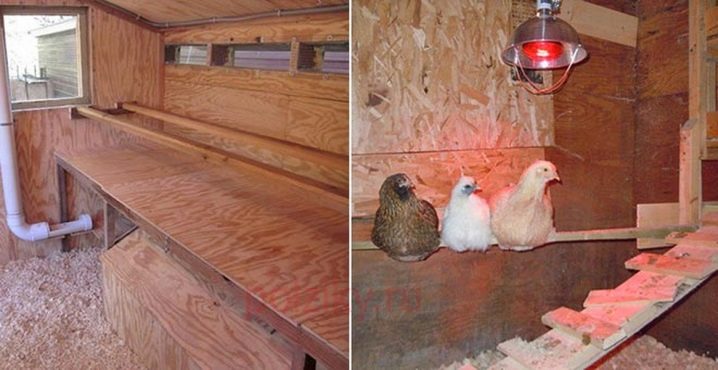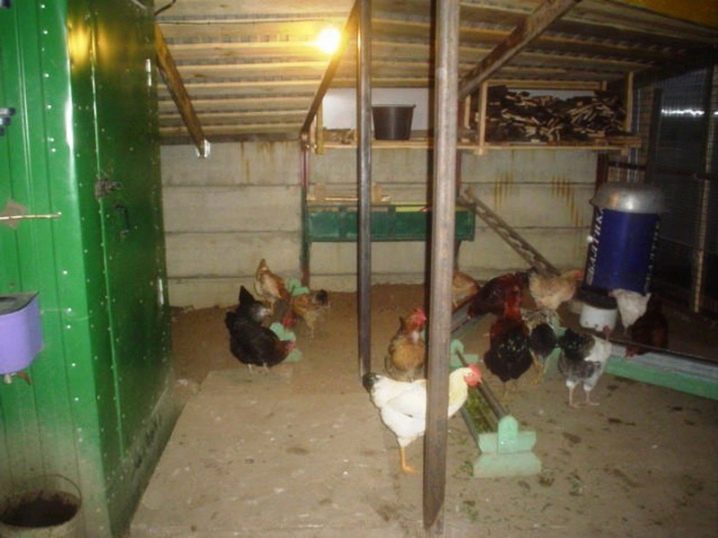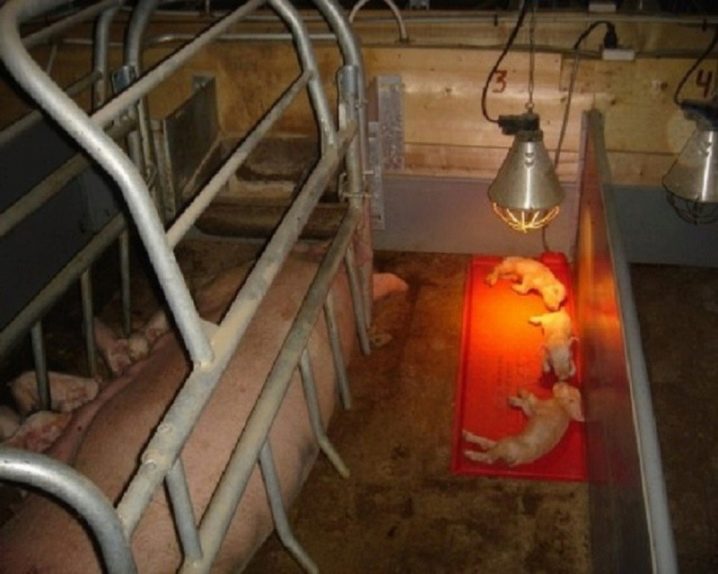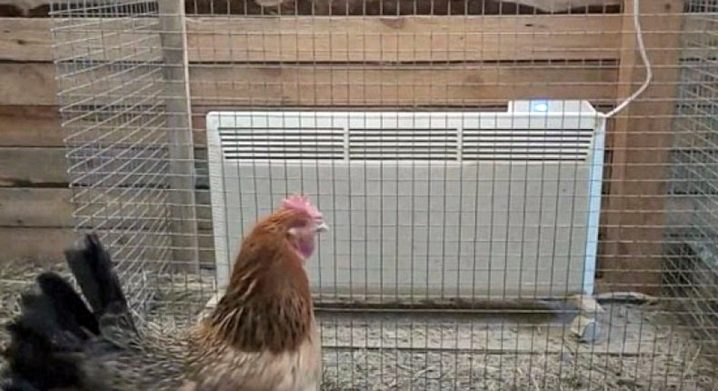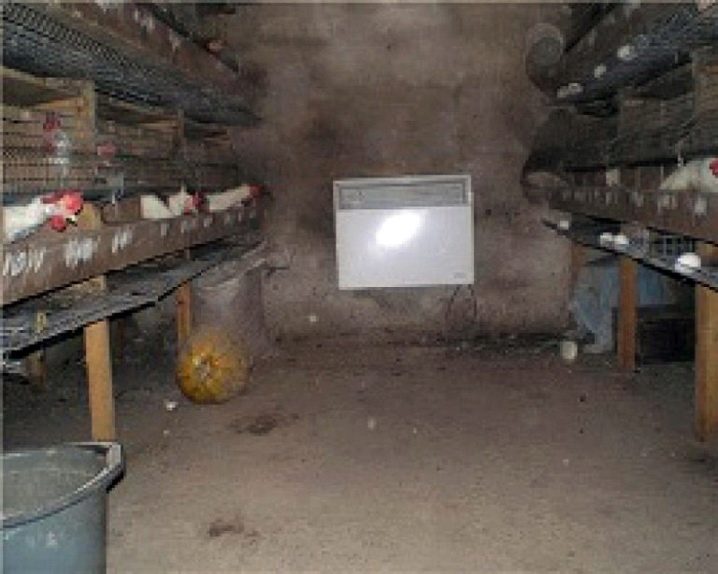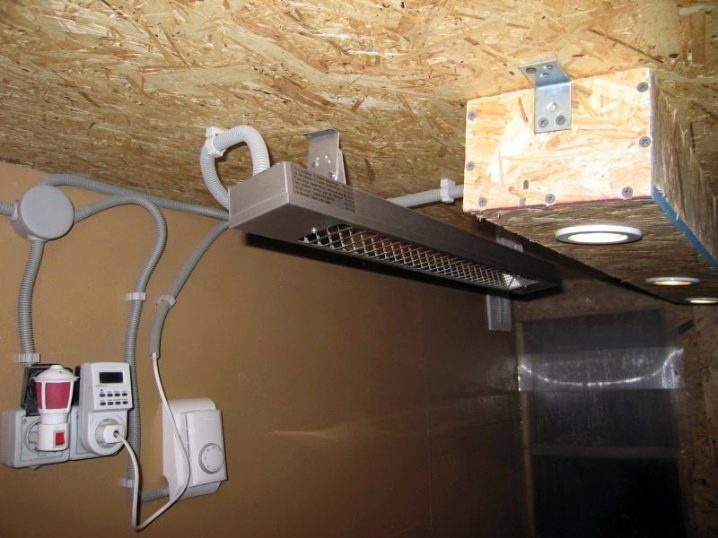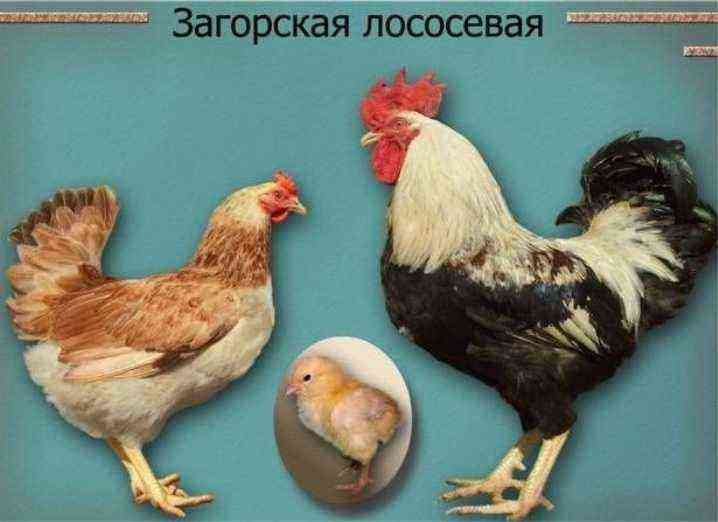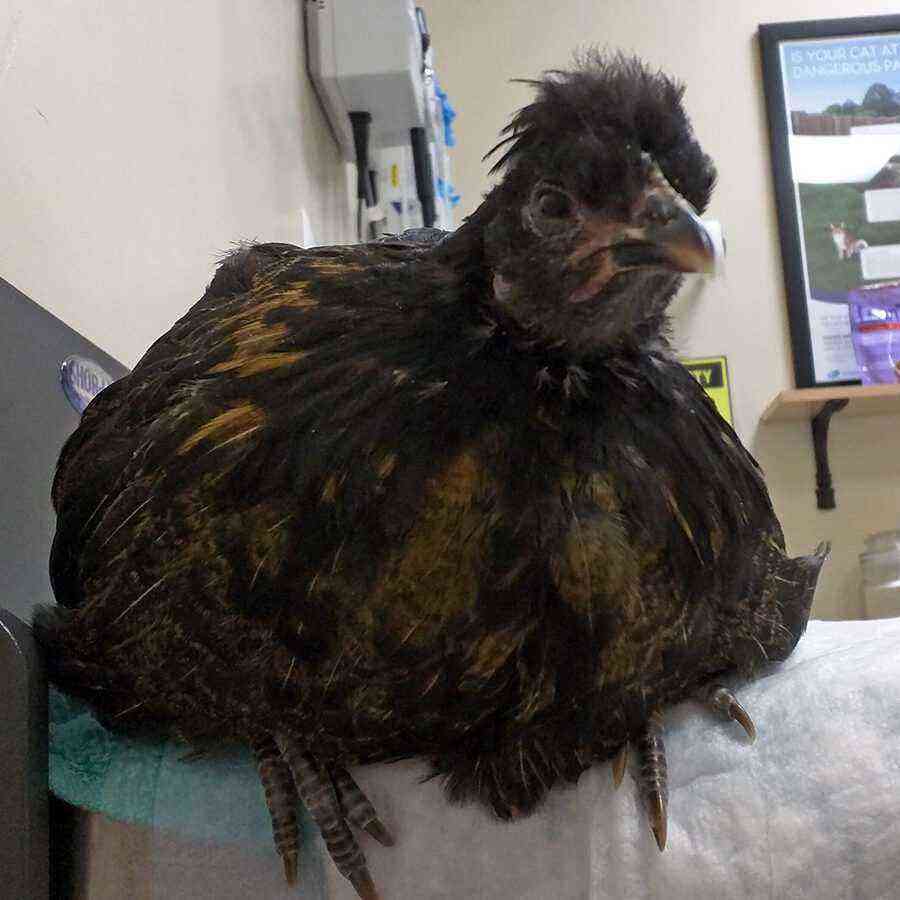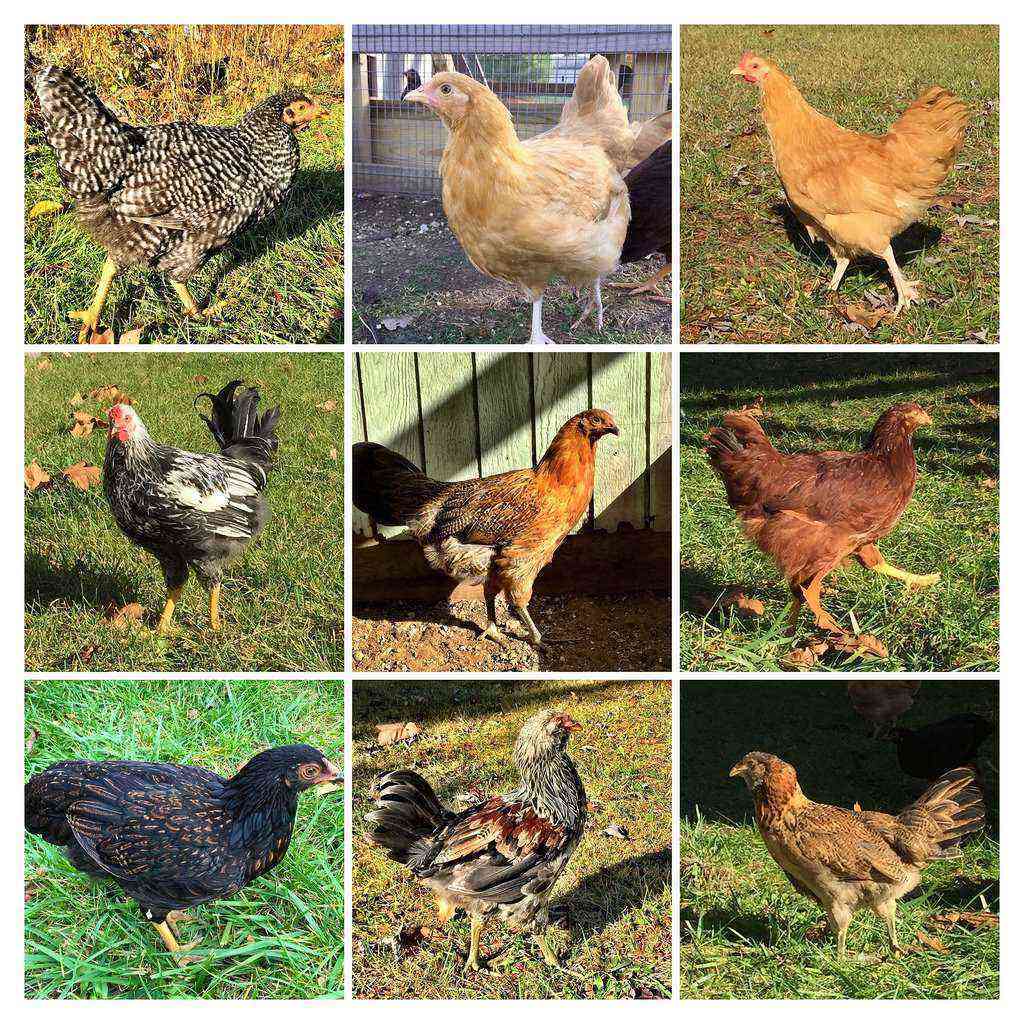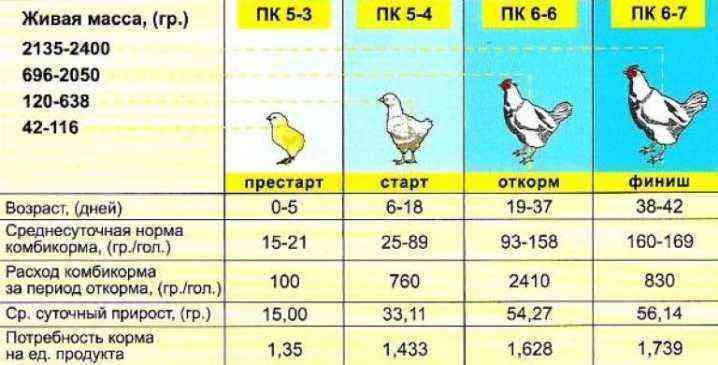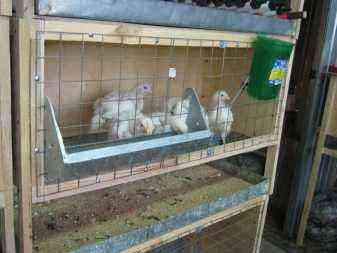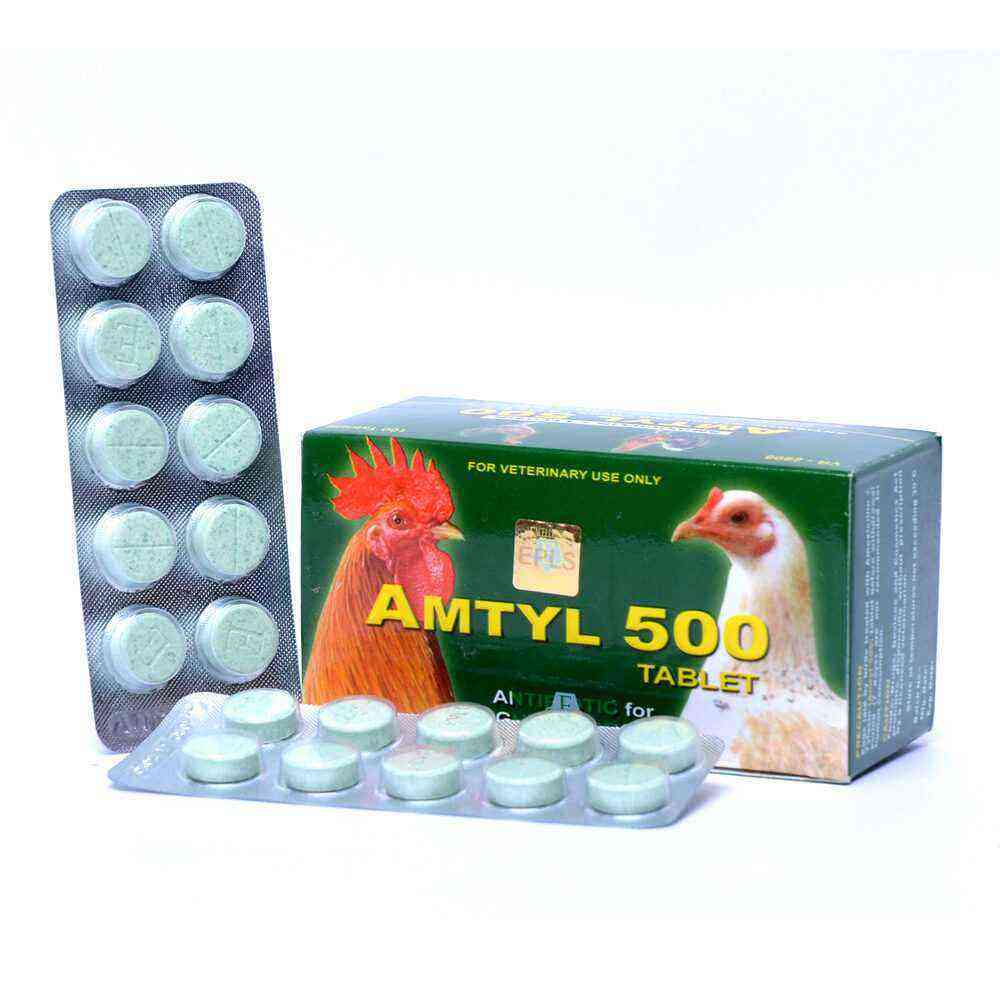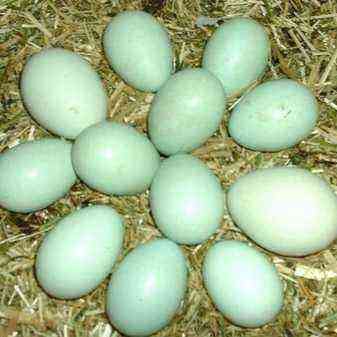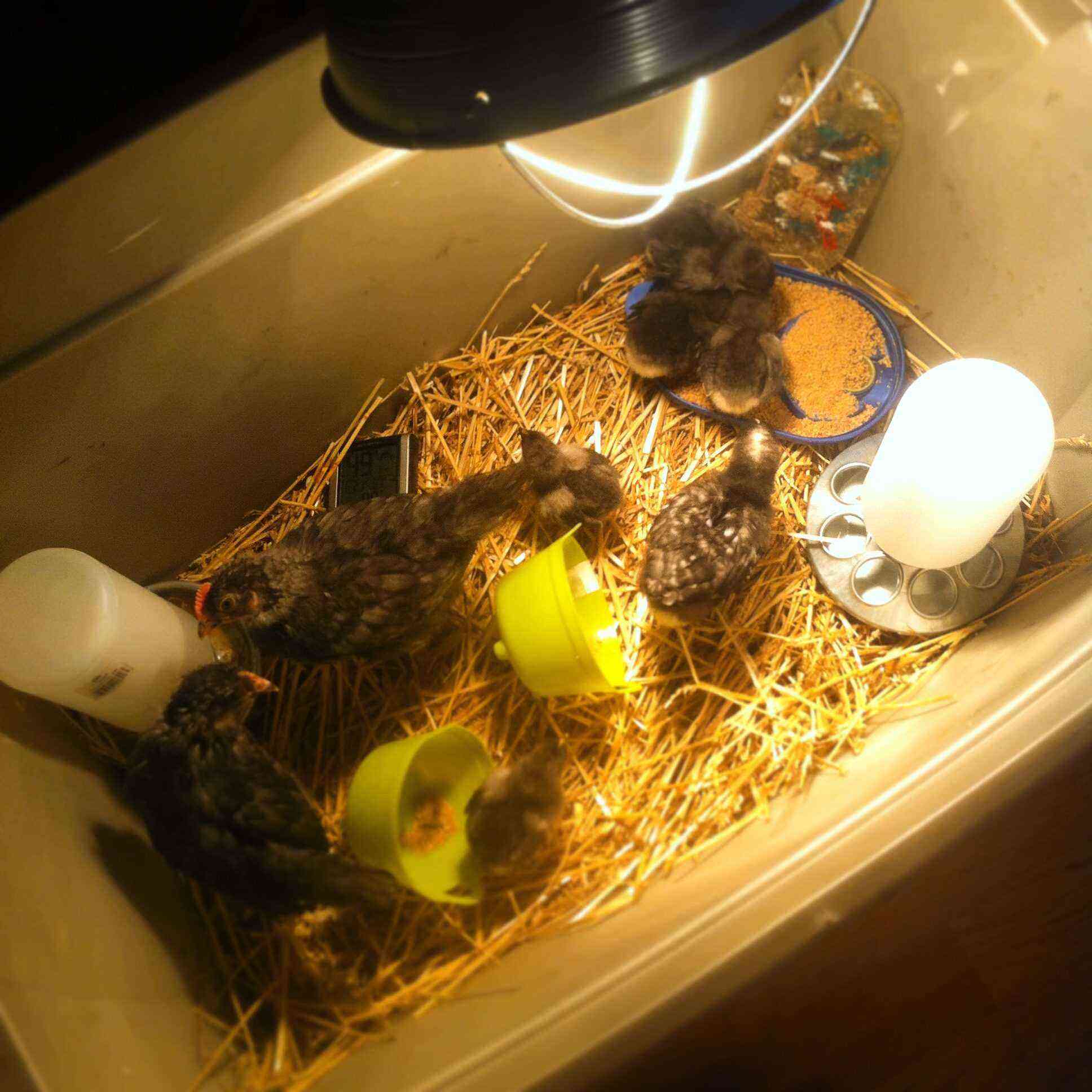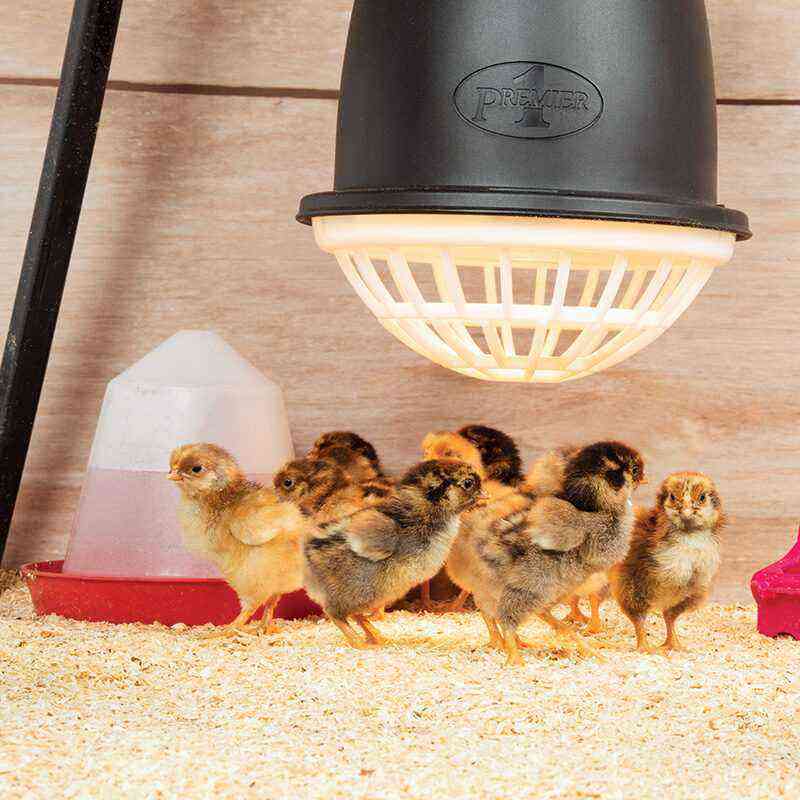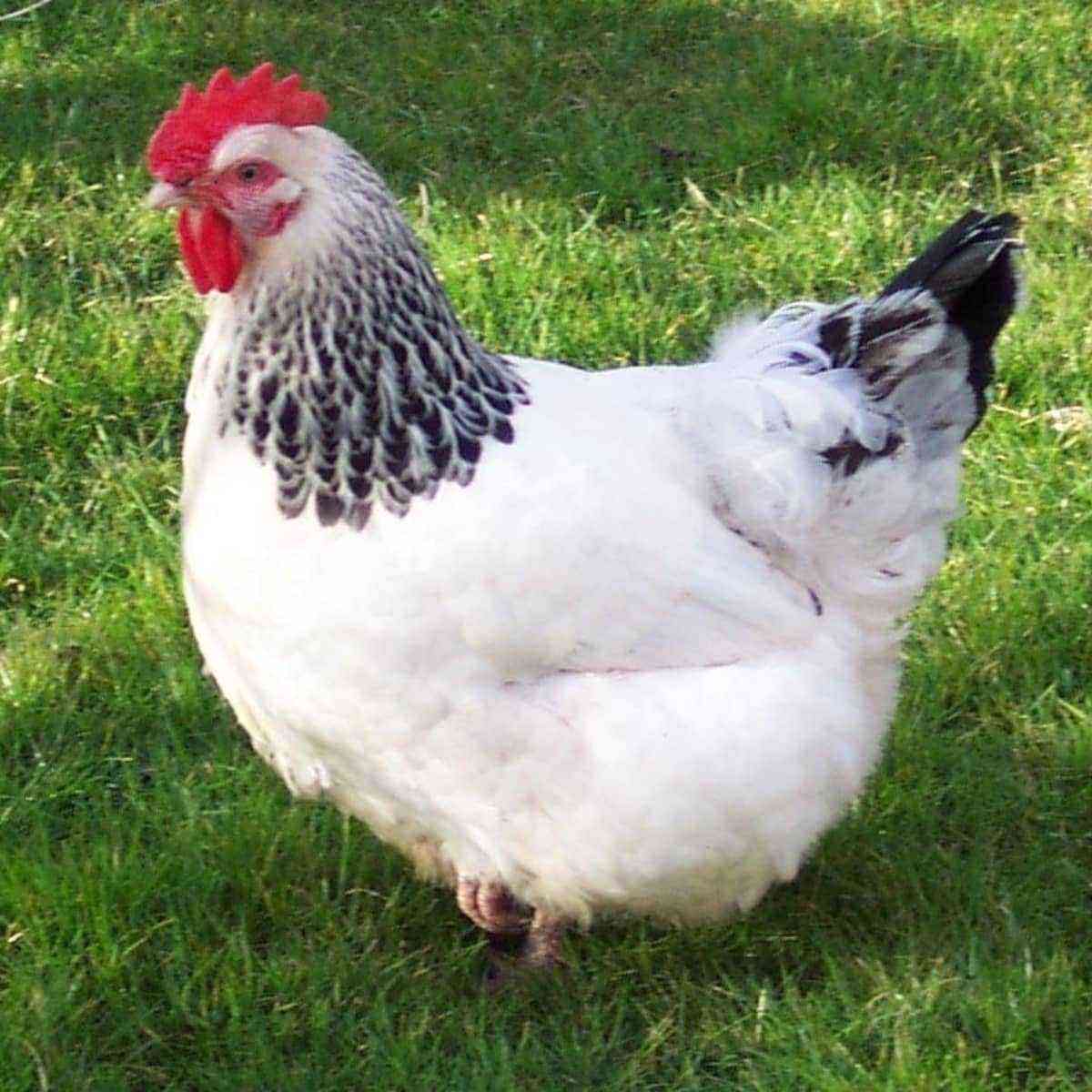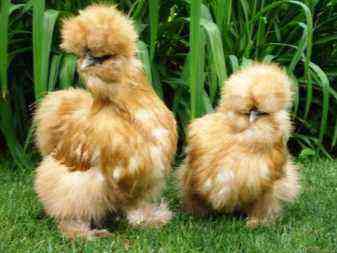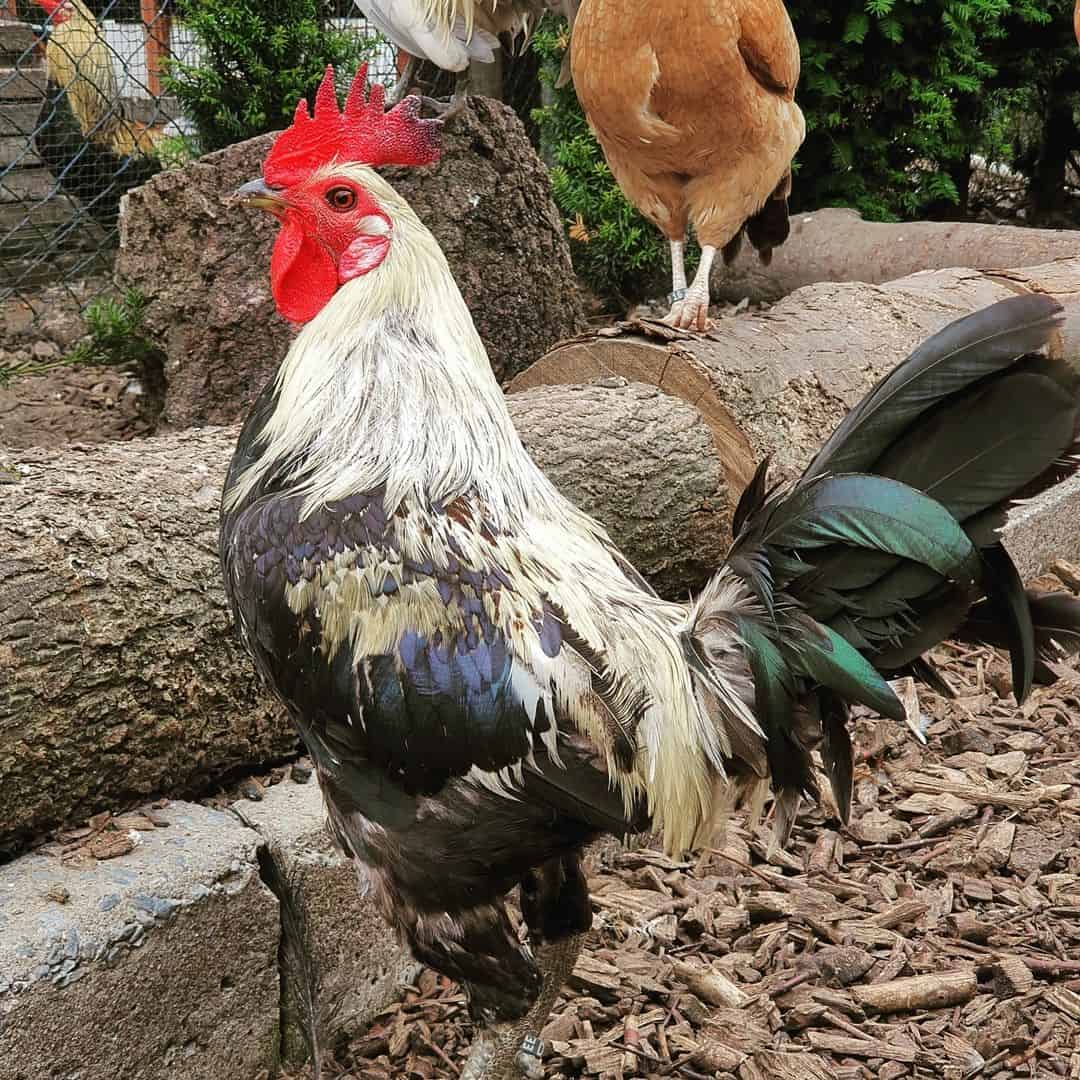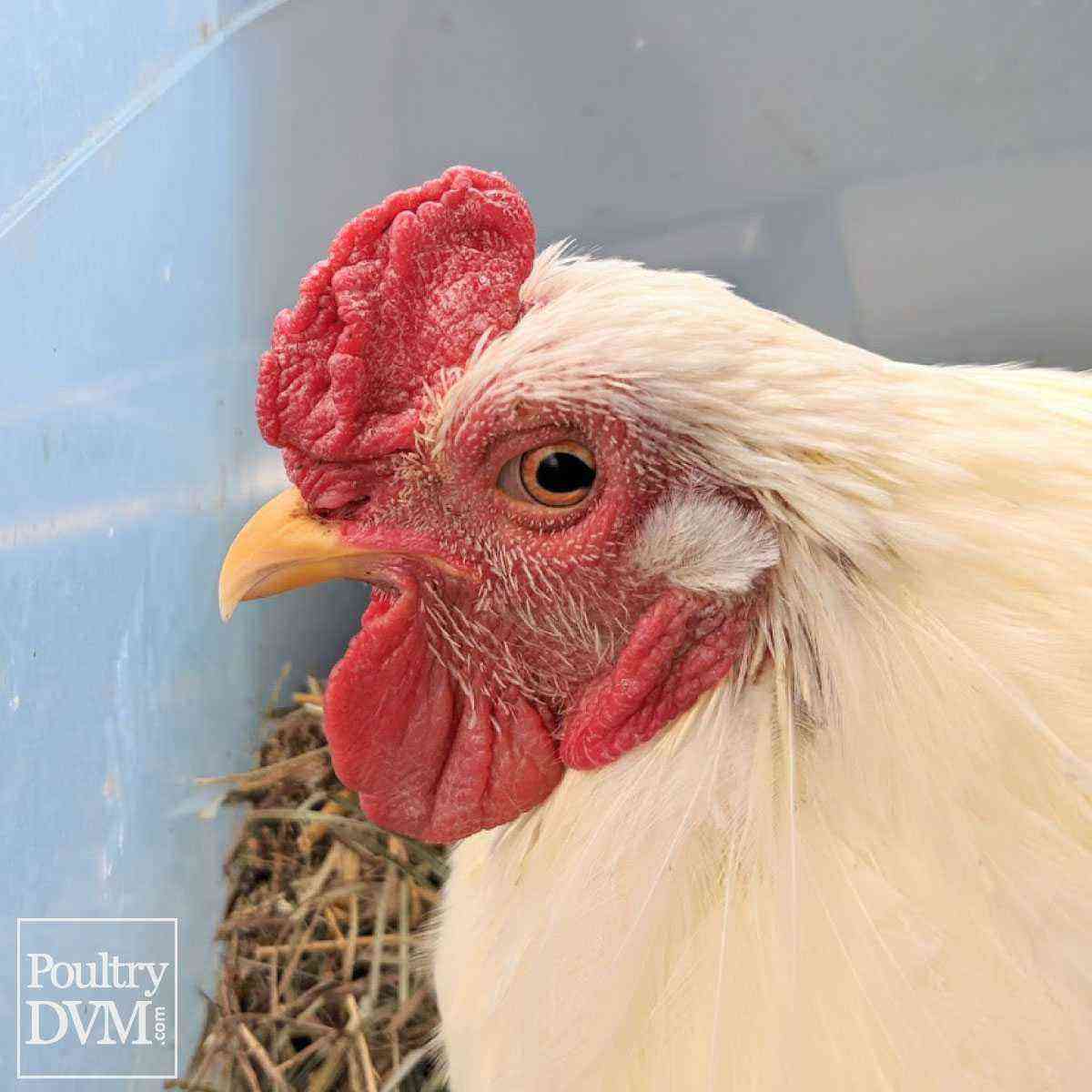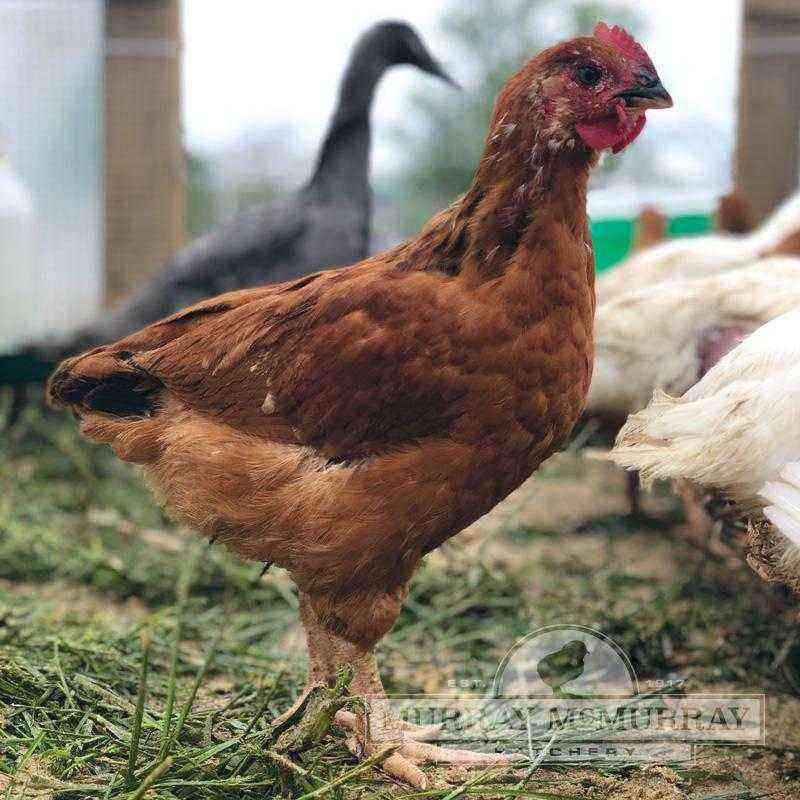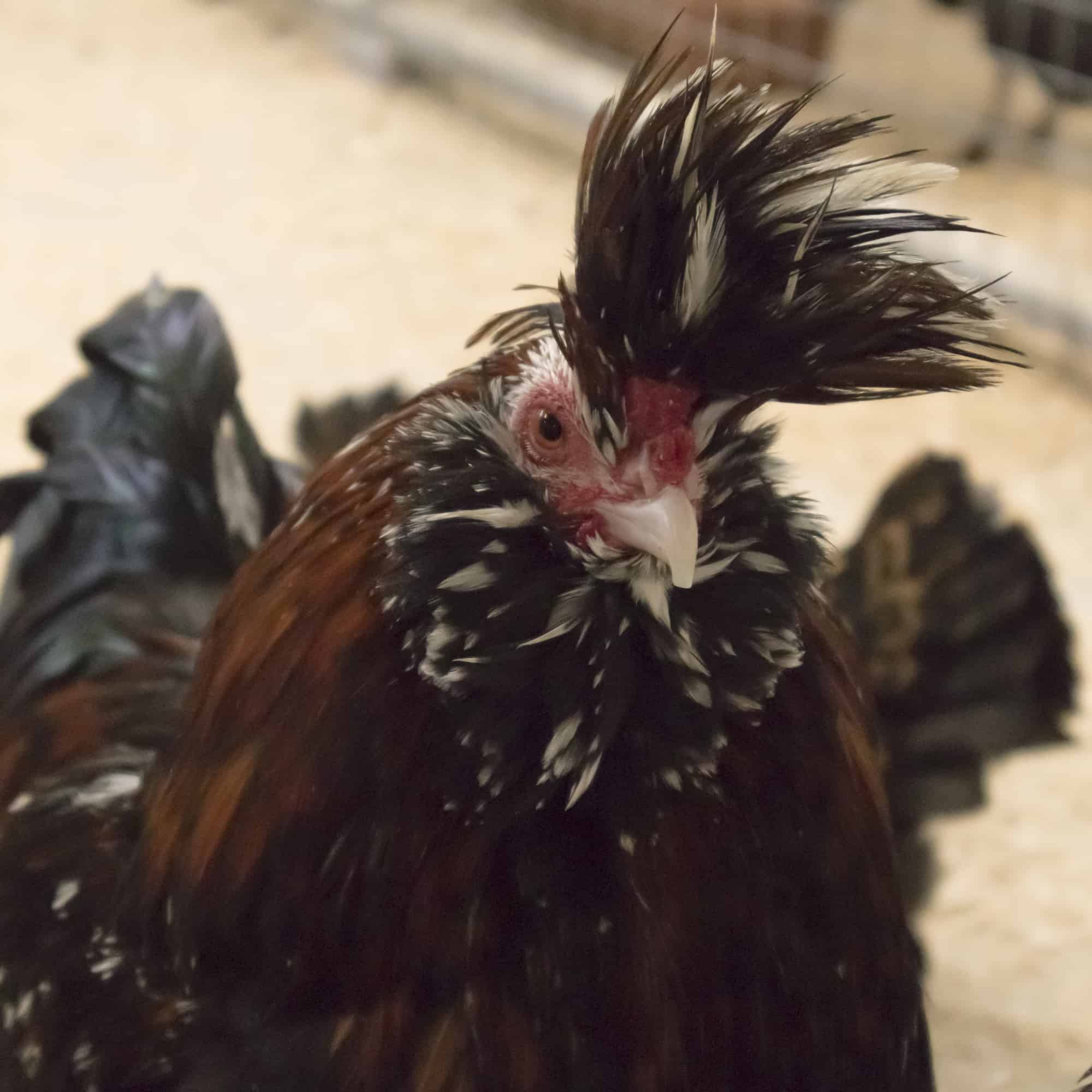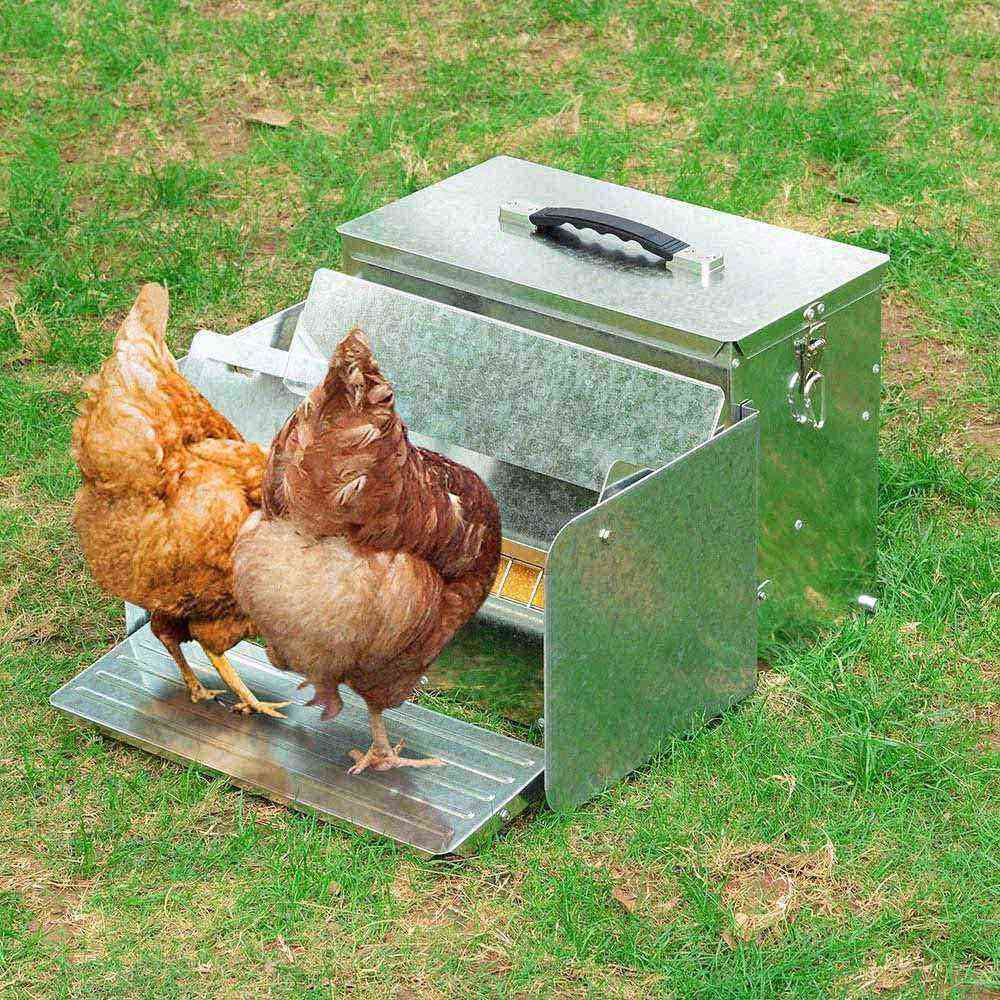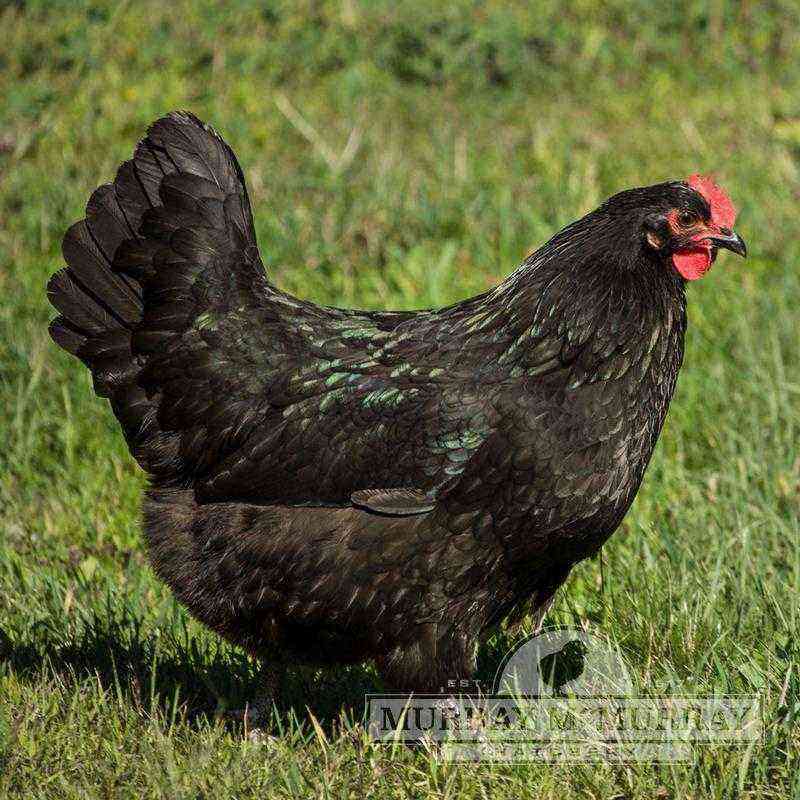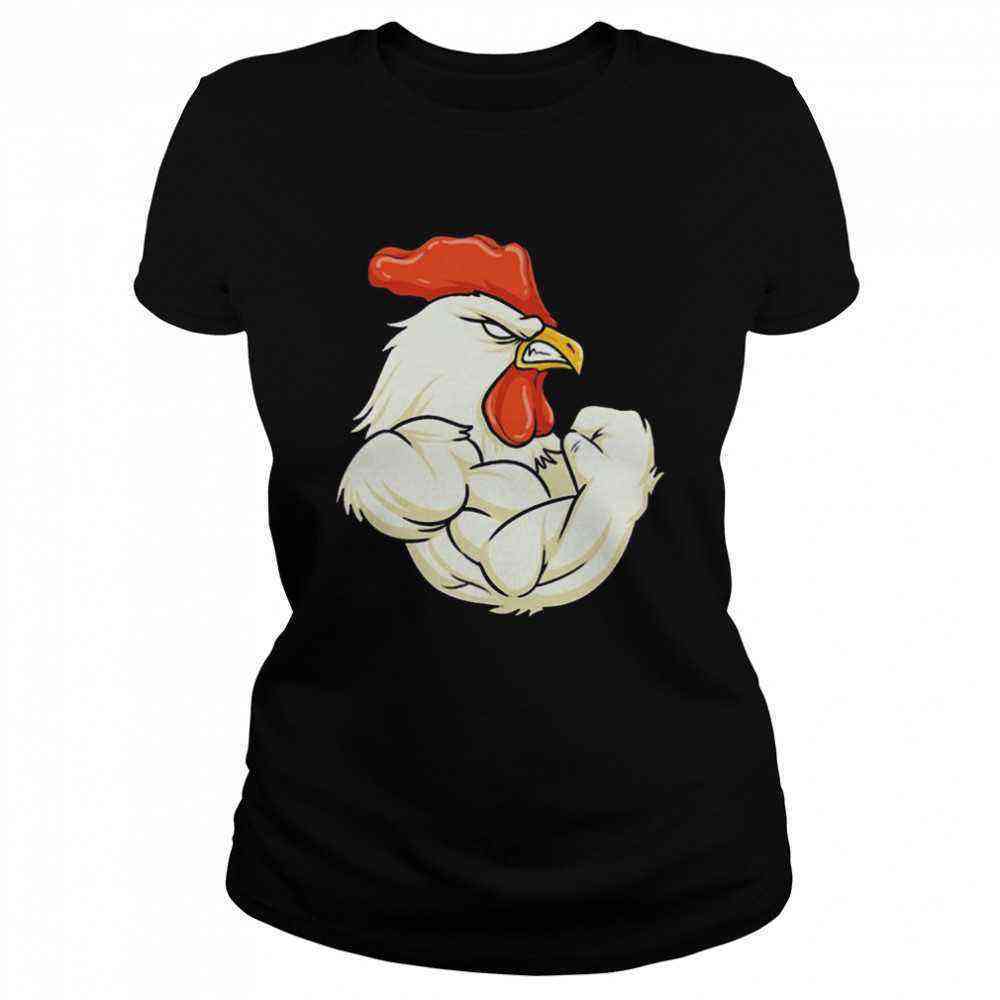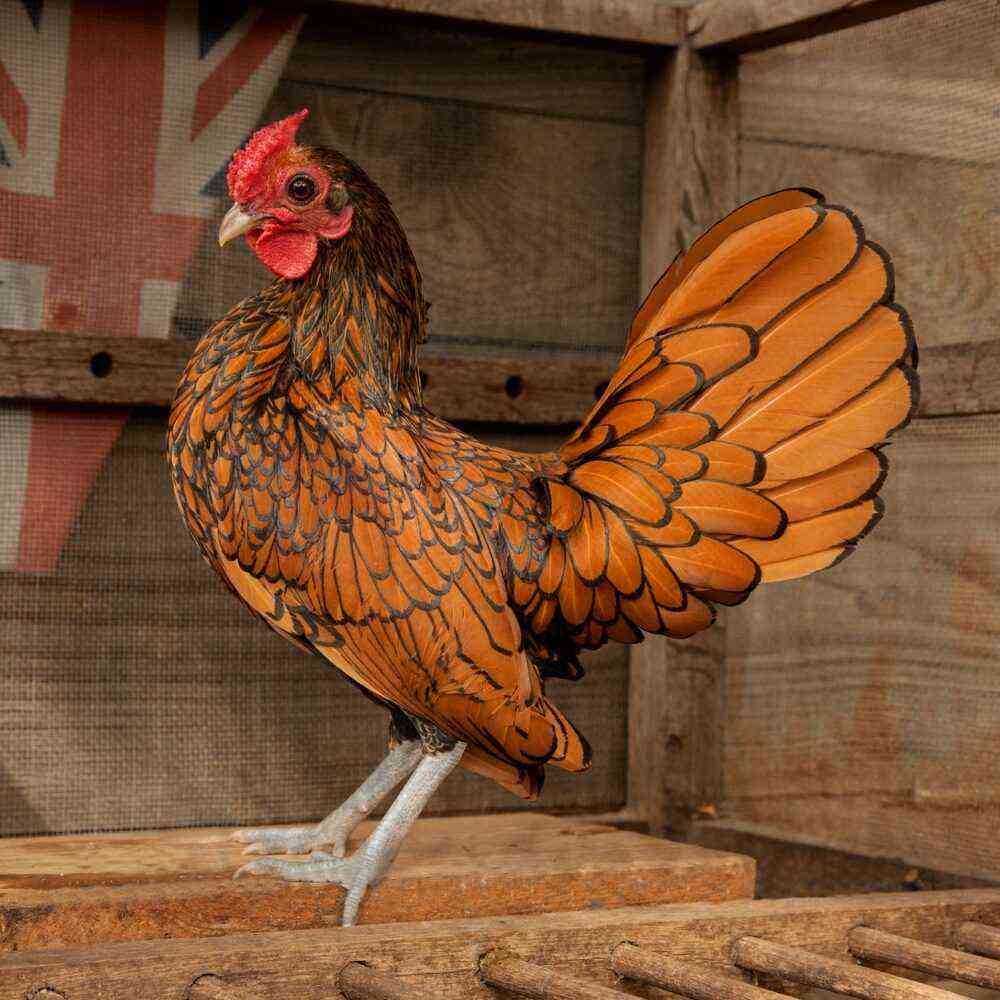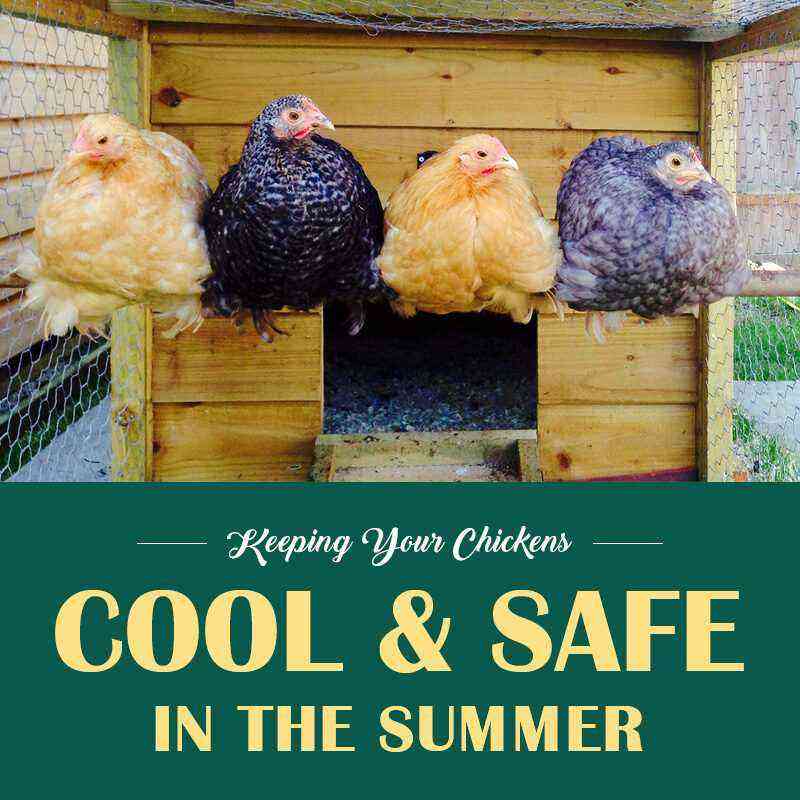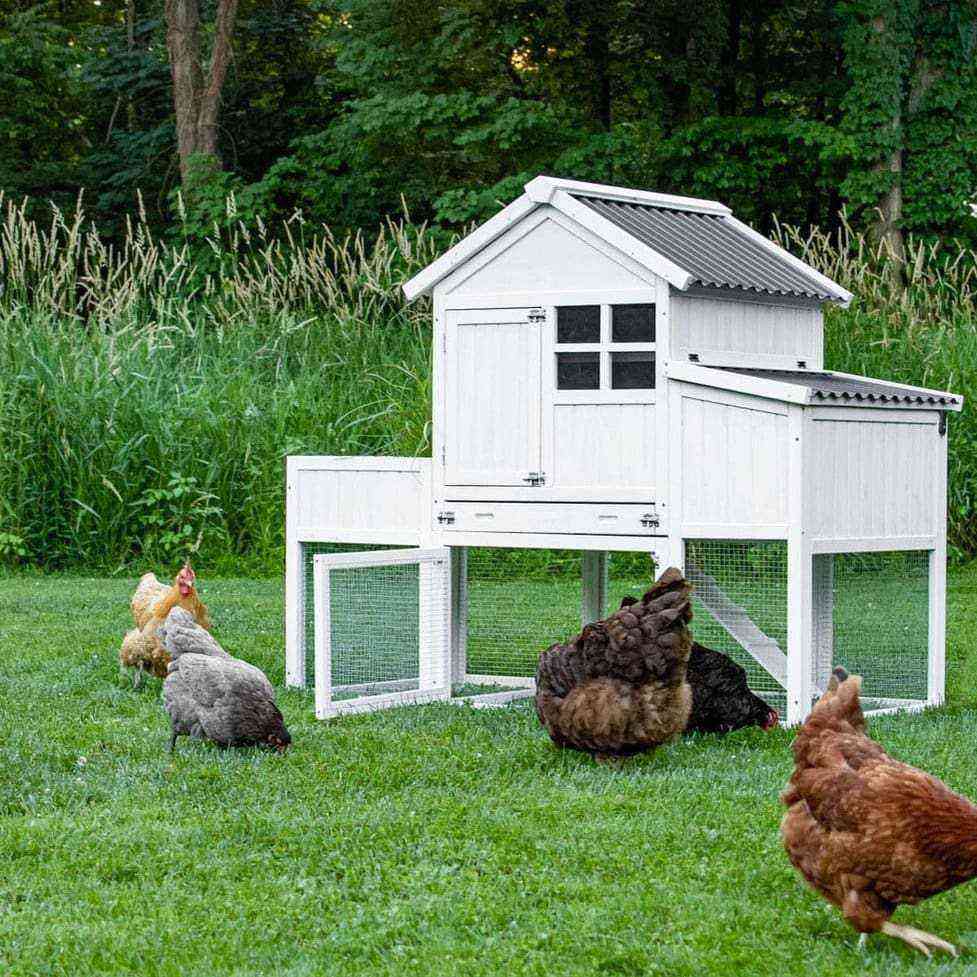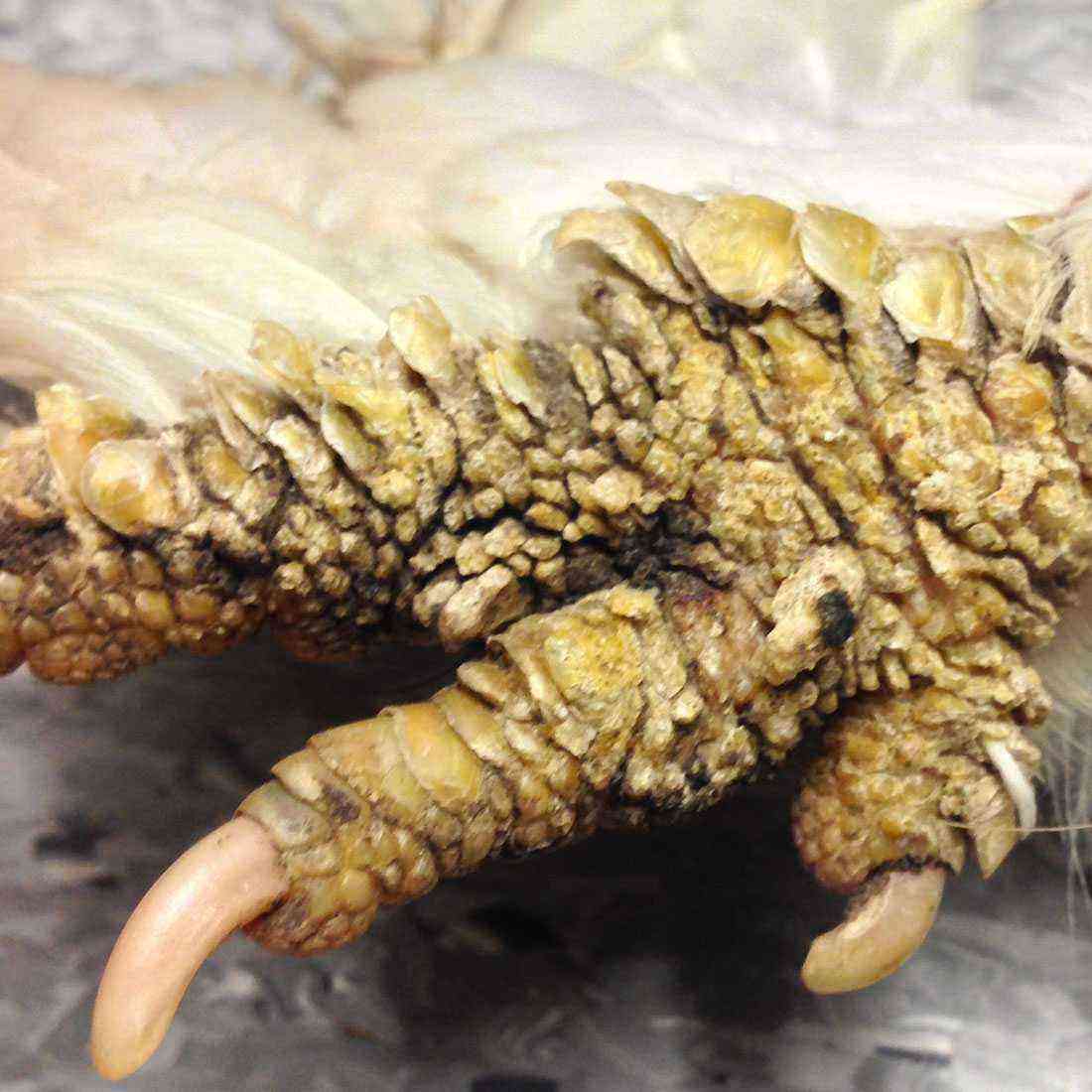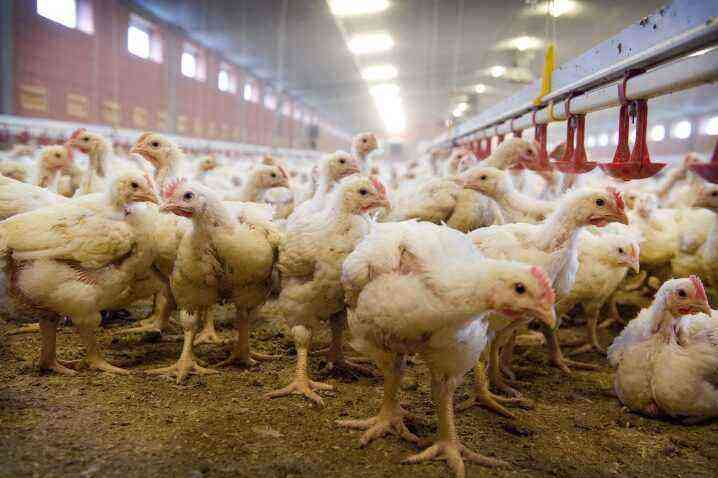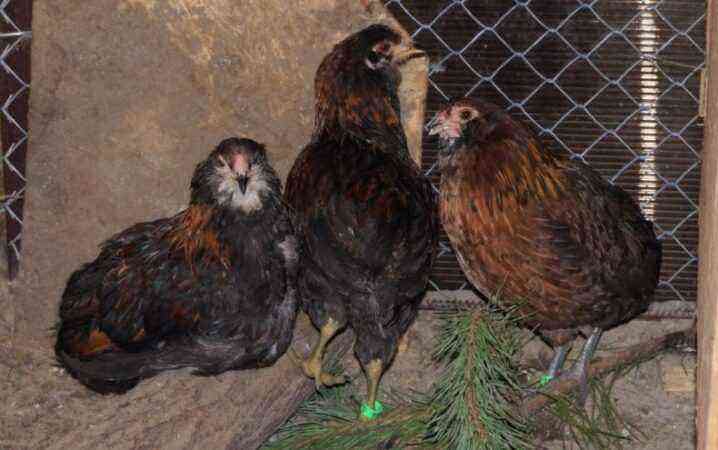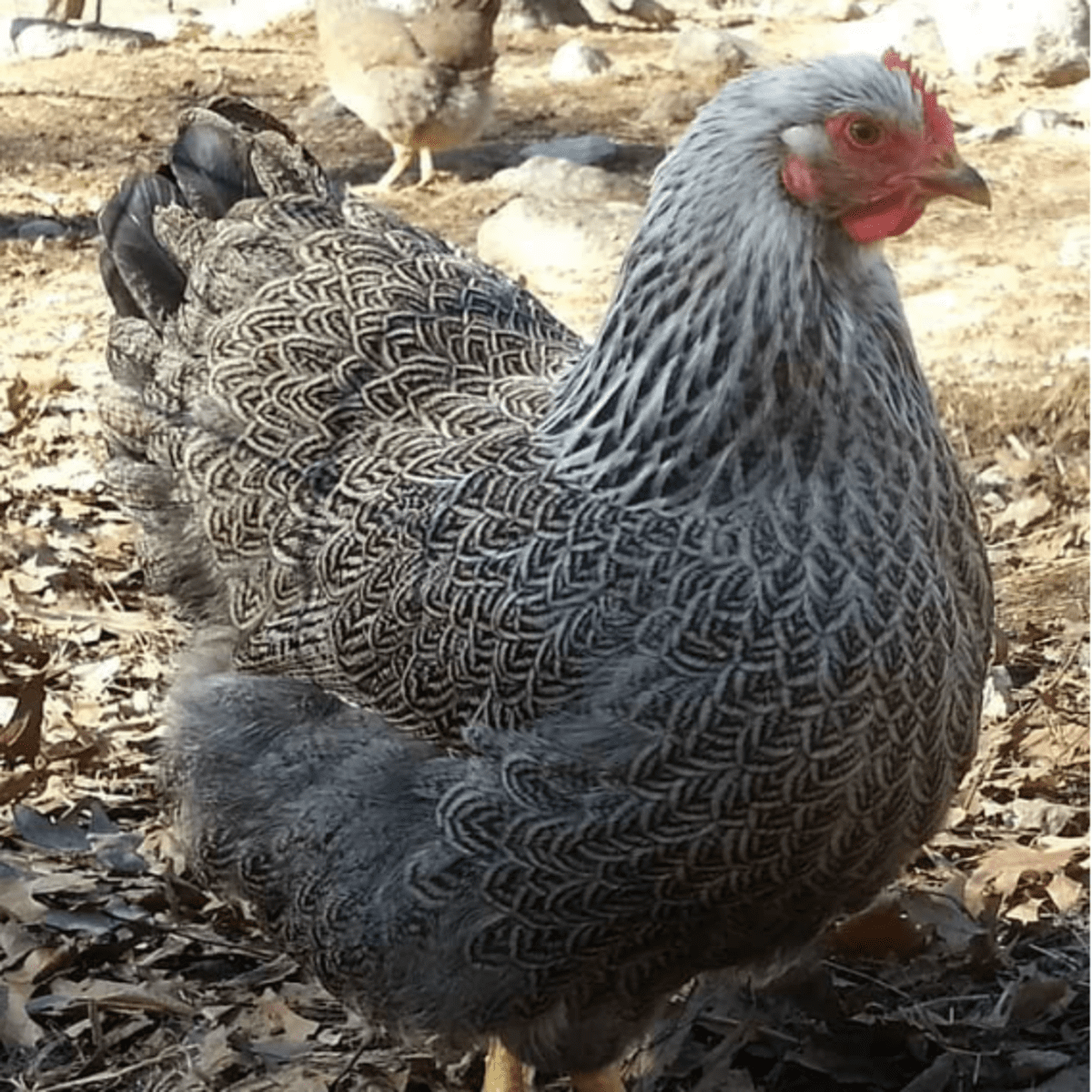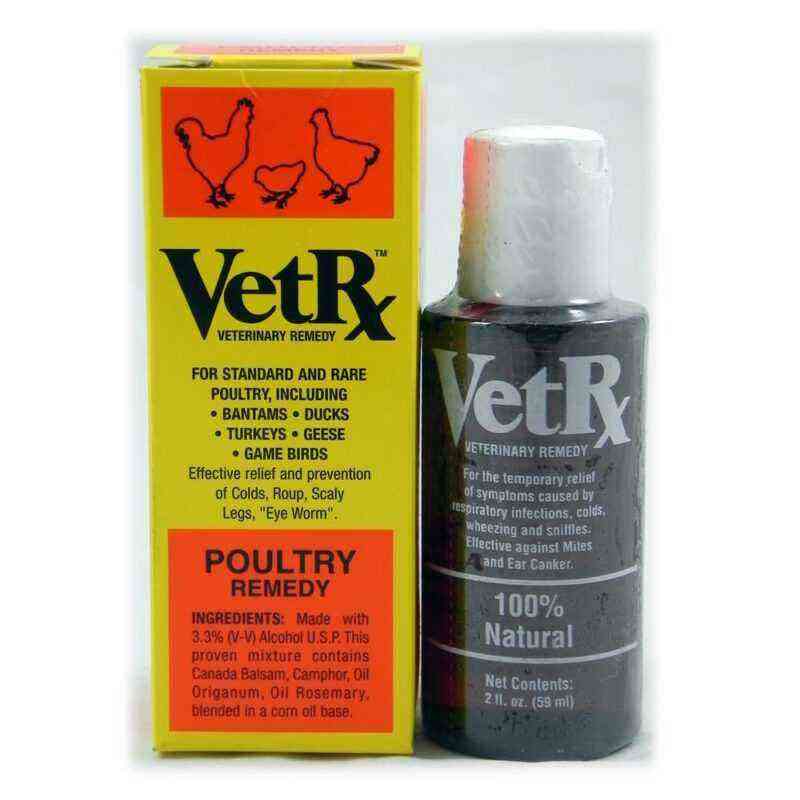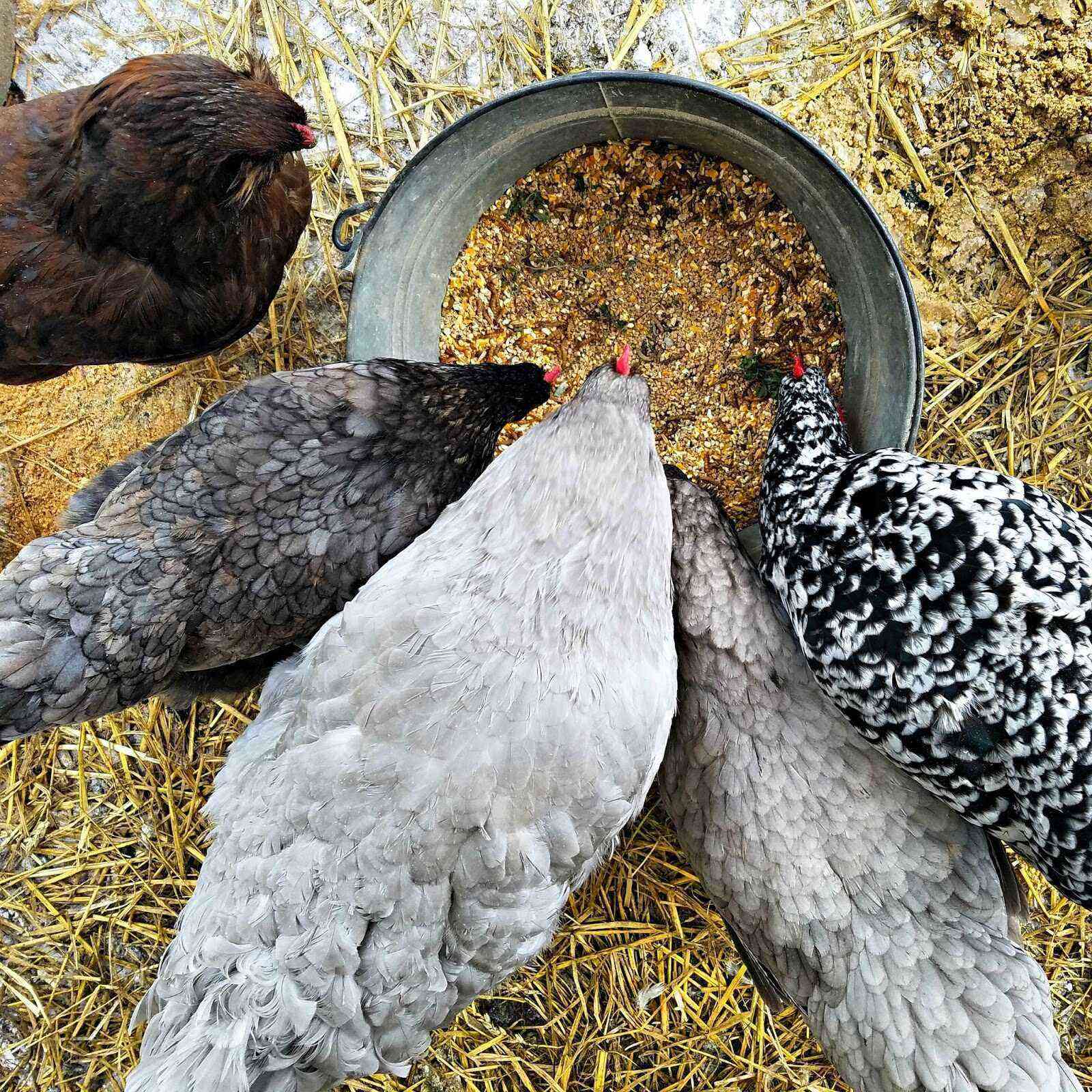Heating a chicken coop in winter is an important undertaking. The creation of thermal comfort is considered a prerequisite for raising poultry and is due not only to concern for the condition of each individual, but also dictated by purely economic considerations.
The need for heating
The creation of a favorable temperature regime is directly related to the productivity of chickens and is a necessary guarantee of successful farming. Even a slight decrease in temperature in the chicken coop, lasting for several days, can dramatically “drop” the egg production of the bird and significantly reduce the weight gain of broiler chickens. Heat acts as priority conditions for keeping, along with feeding and making the necessary top dressings. In addition, in a cold room, the risk of colds increases sharply and a noticeable decrease in immunity occurs, and when the temperature drops below 5 degrees, the bird can even develop arthritis in the legs. Also, a sharp drop in temperature in the chicken coop can cause the formation of frost and an increase in humidity, which inevitably leads to the occurrence of infectious diseases in broilers and laying hens.
However, keeping poultry at low temperatures affects not only the health of chickens. In addition to the fact that egg production drops sharply, there are problems with hatching chickens. This is due to the fact that the embryos do not have enough maternal warmth, as a result of which a very large percentage of unhatched chicks die. Due to the fact that most of the calories the bird has to spend not on gaining weight, but on heating its body, feed intake is almost doubled, which, along with a decrease in productivity, casts doubt on the feasibility of breeding chickens.
In winter, the optimum temperature in the chicken coop is considered to be 10-15 degrees Celsius. An increase or decrease in these values disrupts the biological rhythms of chickens and negatively affects their general condition. To constantly monitor the temperature in the chicken coop, hang two thermometers. One of them should be placed at the front door, and the second should be placed closer to the ceiling near the upper perch.
When can you not heat up?
To organize the heating of the chicken coop, two methods are used – artificial and natural. Each of them has its strengths and weaknesses, differing from others in energy consumption, efficiency and the amount of money spent. So, for regions located in southern or temperate latitudes, the natural method is quite suitable. The main condition for the application of this method is the absence of a significant decrease in night temperatures and strong winds. If the temperature in an unheated room can be kept within 7 degrees, then the natural method is more rational, and, when carrying out a number of heat-saving measures, it can be safely used.
The first object of warming the chicken coop is the floor. This is due to the fact that, thanks to the plumage, the bird’s body is not particularly sensitive to cold, and the legs are the only weak spot. That is why floor insulation should be done in the first place. Before proceeding with the laying of the insulation, the floor surface must be sprinkled with powdered slaked lime at the rate of 1 kg / m2. The presence of lime will save the chicken coop from the appearance of fleas and ticks. Then the lime layer is covered with any heat-insulating material, which can be used as sawdust, fallen leaves or straw. The total thickness of the layer should be 25-30 cm.
The most effective means of natural space heating is manure. In the process of overheating, the mullein releases a significant amount of heat, which is quite enough to “heat” the chicken coop during the winter. The only condition for the use of manure is a ban on the removal of old, already trampled mullein. In such cases, a layer of new fertilizer is laid on top, while retaining the previously laid manure.
It should be remembered that in no case should extruded polystyrene be used for floor insulation. This is due to the fact that the material has a low throughput and is not able to remove excess moisture. Because of this, the room will become damp and unsuitable for keeping chickens. Concrete floors are laid with heat-insulating material, after which they are sheathed with boards.
After insulating the floor, it is necessary to proceed with the thermal insulation of the walls and ceiling. To do this, you need to plug all the cracks, not forgetting to form a small ventilation window. When building a chicken coop that is not equipped with artificial heating, double walls and a ceiling should be made. The cavities between the two surfaces are filled with polystyrene foam or mineral wool, and the thickness of the insulating layer must be at least 15 cm. chickens tolerate frosts up to 12 degrees. The final step in the insulation of the chicken coop will be the insulation of windows and doors, which is carried out using polyethylene or dense fabric.
How to do without electricity?
The artificial method of heating requires the use of heating equipment, the choice of which depends on external temperatures, the size of the room and the financial capabilities of the farmer. Electric, gas and solid fuel appliances are used to heat flocks and chicken coops. The simplest is the electric heating method, however, with frequent power outages or with constant power surges in the network, it is better to refuse this heating method and use others.
Burn with gas
There are two types of gas heating: convector and water. The water system works according to the following principle: the heat generated during the combustion of gas heats the water in the heat exchanger to the desired temperature, after which the coolant, moving through the pipes and entering the radiators, heats the room. The essence of convector heating is that the device is devoid of pipes and has no connection with radiators, it heats up exclusively by itself, and outwardly resembles a large electric heater. Among the advantages of gas heating, one can note the possibility of quickly heating the chicken coop and high energy efficiency.
The disadvantages include the high cost of equipment and the need for constant human presence. In addition, when installing a gas boiler, you will need permission from the gas services and strict compliance of the building with fire safety standards. It is advisable to use this type of boiler equipment in large poultry farms, where constant monitoring of the device and its maintenance will be carried out.
potbelly stove
Heating with metal stoves is the simplest and most affordable way to heat chicken coops. The potbelly stove is distinguished by a simple device, does not need expensive maintenance and regular maintenance. The essence of the work of the potbelly stove is quite simple: when solid fuel is burned, the metal walls of the stove become hot and begin to give off their heat to the room. The advantages of this method are the low cost of fuel, quick installation and ease of use.
The disadvantages include the need to comply with fire safety rules, which obliges to carry out a set of measures aimed at preventing a fire. Such measures include the construction of a fireproof pallet and the protection of nearby wooden walls from exposure to high temperatures. In addition, the use of a potbelly stove requires the constant presence of a person, which is due to the need to constantly add fuel. But the most significant disadvantage of heating with a potbelly stove is that it will not be possible to maintain a constant temperature in the room.
Diesel oven
Heating with diesel appliances is also used for heating chicken coops. Such installations are able to quickly warm up the air in the room and, unlike bourgeois stoves, have a temperature regulator. This allows you to change the intensity of the flame burning and create the required temperature in the room. Diesel plants are completely fireproof and environmentally friendly. The disadvantage of such systems is the high cost of diesel fuel, which most likely will not cover the profit received from the sale of chickens.
Buleryan
This type of oven belongs to air-convection and is a good solution to the problem of heating chicken coops. The devices are characterized by high energy efficiency and can operate on any fuel. In addition, buleryans, like all convection models, are quite economical and have high power. This allows you to use them for heating large-scale chicken coops of subsidiary farms and farms.
Water heating
The water heating method is considered the most efficient and fireproof. If the dwelling is heated with a water-heating boiler, then the ideal option would be to connect the chicken coop to the heating circuit of the residential building. To avoid heat loss during transportation of the coolant from the house to the chicken coop, it is better to build a room for keeping chickens right next to the house. In the case of a remote location of buildings, pipes running along the street should be insulated.
Heating from the mains
Heating a chicken coop in winter with electrical appliances is the most expensive way to heat it. There are many types of electric heaters, and which one to choose, each farmer decides independently, based on his own budget, the availability of alternative heat sources and the volume of premises.
- Ventilation heater provides constant circulation of warm air and contributes to almost instantaneous heating of the room. In addition, the device has a high efficiency, is completely fireproof and provides uniform heating of the entire chicken coop. The disadvantages of heaters include high cost, high power consumption, overdrying of air and high noise load.
- Oil heaters in appearance they resemble water heating radiators, and consist of a heating element and sealed containers with oil inside. The advantages of heaters include low power consumption, which becomes possible due to the presence of a thermostat. The relay prevents the device from overheating and turns it off as soon as the temperature of the coolant reaches the set point. In addition, the devices do not produce noise, do not burn oxygen and do not smell. The disadvantages are slow and uneven heating of the room, the risk of oil leakage in case of damage and high weight.
- Electroconvectors are energy-saving devices, the essence of which is to suck in cold air from below and return the heated masses upward. The advantages of the devices are the absence of noise and smell, low cost and the preservation of the natural humidity of the chicken coop. The disadvantages include instant cooling and uneven distribution of warm air.
- Infrared lamps and heaters act as follows: their rays heat all solid objects, which, slowly cooling down, give off their heat to the room, protecting the bird from infectious diseases. The heaters are able to maintain the set temperature, are equipped with automatic control and are very economical. The disadvantages include the high cost of some models and the need to exclude contact with water, since if splashed on the glass, the lamp may crack and fail.
Choosing the right chicken coop heating system will allow efficient use of fuel resources and help the birds survive the winter.
How to heat a chicken coop in winter, see the following video.

